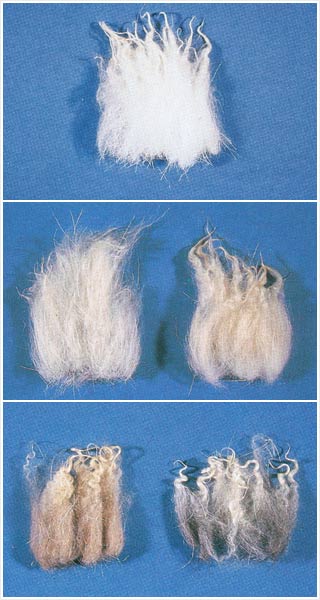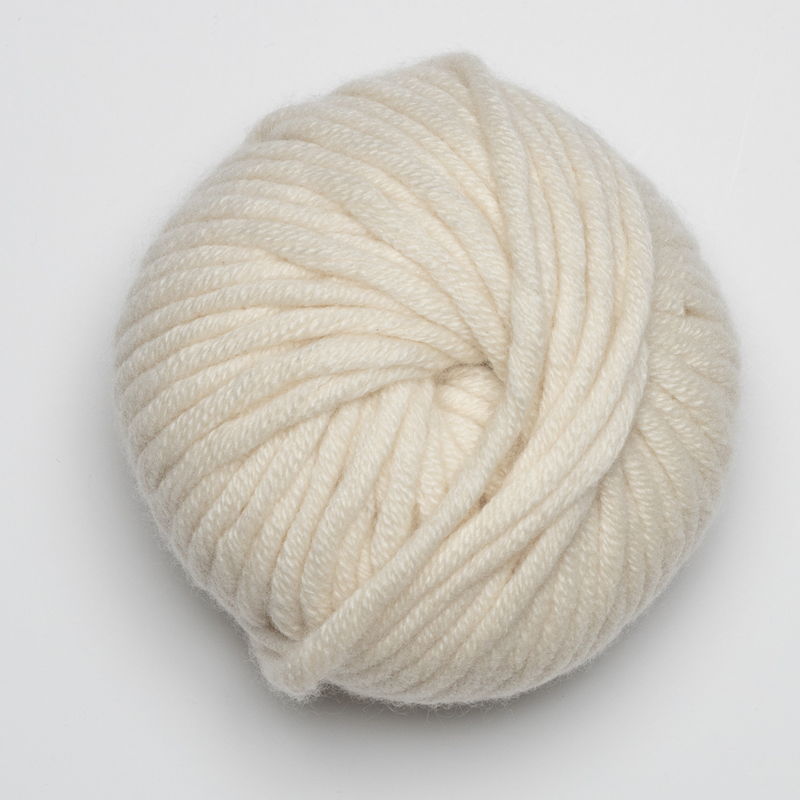The Comfort of What Is Cashmere: How It Changes Your Wardrobe
The Comfort of What Is Cashmere: How It Changes Your Wardrobe
Blog Article
Discovering the Numerous Sorts Of Cashmere an All-natural Fiber for Ultimate Luxury
Cashmere, a natural fiber, is commonly connected with luxury and comfort. The more budget friendly Chinese cashmere, the traditional Scottish version, and the premium Italian blend, all inform a different tale of this impressive fiber.
Comprehending the Luxurious Nature of Cashmere
Cashmere, frequently connected with luxury and comfort, holds a special allure in the world of natural fibers. This soft, light-weight material is coveted for its phenomenal warmth and impressive durability. Unlike various other natural fibers, cashmere combines insulation with breathability, supplying unrivaled comfort across differing temperatures. Its glossy finish and soft appearance add to its high-end appeal, validating the premium price that commonly features cashmere garments. Furthermore, cashmere's inherent wrinkle resistance and elasticity enhance its charm, making it a favored option for premium clothes and accessories. In spite of its delicate appearance, cashmere possesses an unexpected resilience, able to preserve its form and elegant feel with time. This unique mix of features seals cashmere's setting as a symbol of sophistication and indulgence.
Simply What Is Cashmere and Where Does It Come From?

Offered these exceptional high qualities, one may ask yourself about the origin and make-up of this elegant fiber. Cashmere is obtained from the soft undercoat of cashmere goats, mainly located in Mongolia, China, Iran, and Afghanistan - is cashmere a natural fiber. These goats are adjusted to extreme climatic problems, creating an exceptionally great, soft underfur as a defense against the bitter cold. This underfur, or undercoat, is what is collected for cashmere. Each spring, when the goats normally dropped their wintertime layer, farmers comb the fine underhair, leaving the coarser hair behind. This meticulous procedure contributes to the scarcity and high price of cashmere. With its beginning in the harsh landscapes of Asia, cashmere is a testament to nature's ability to generate deluxe from misfortune.
Deciphering the Different Sorts Of Cashmere
Comprehending the different types of cashmere is vital to appreciating the quality and special qualities of this elegant textile. Usually, cashmere is categorized into 3 kinds: raw, virgin, and recycled. Decoding these kinds is the first step in understanding the exclusivity and value of cashmere.

The Special Attributes of Each Kind Of Cashmere
Having checked out the different categories of cashmere, it becomes noticeable that each kind boasts its distinct collection of characteristics. Mongolian cashmere, for instance, is renowned for its premium high quality, due to Mongolia's rough winters months that produce longer and finer fibers. Conversely, Chinese cashmere is often much more affordable, though its shorter fibers can decrease toughness.
Why Cashmere Is the Epitome of Luxury in vogue
Cashmere holds an esteemed position in the globe of fashion, considered as an icon of luxury and sophistication. Its allure is not simply in its soft Learn More Here qualities and warmth, but index additionally in its rarity and the meticulous process involved in its purchase. Cashmere is originated from the great undercoat of Himalayan goats, known for their superior top quality fiber. The deficiency of this fiber, combined with the labor-intensive procedure of collection, contributes to its high rate and unique condition. Cashmere's unrivaled comfort and sturdiness make it an in-demand product in the development of premium garments. Its all-natural light-weight and protecting residential or commercial properties add to its charm, making it the epitome of high-end in fashion.
The Refine of Making Cashmere: From Goat to Garment
The trip of cashmere, from being an undercoat of a Himalayan goat to a luxurious garment, is a detailed one. With the introduction of springtime, farmers in Mongolia and China gather the wool by combing the goats, guaranteeing no damage is done. The acquired wool is composed of rugged external hair and soft downy undercoat. This mix is after that fastidiously divided, with just the soft down utilized for cashmere. This raw cashmere is washed, dyed and spun into yarn. The yarn is then woven or is cashmere a natural fiber weaved right into fabrics. The last step includes pressing and washing to provide the fabric its particular gentleness and warmth. From goat to garment, each step is a testament to the skill, perseverance and artistry associated with crafting cashmere.

Conclusion
Finally, cashmere, with its all-natural elegance and unmatched convenience, preponderates in the world of luxury fashion. The diversity in kinds, varying from the soft Mongolian, light-weight Indian Pashmina, budget friendly Chinese, conventional Scottish, to the vivid Italian, discloses the flexibility of this natural fiber. The meticulous process of changing it from a goat to a garment additionally includes in its exclusivity, making cashmere the embodiment of elegance and deluxe.
Cashmere, a natural fiber, is often linked with luxury and convenience (is cashmere a natural fiber).Cashmere, frequently linked with high-end and convenience, holds a distinct attraction in the world of all-natural fibers. Unlike other all-natural fibers, cashmere combines insulation with breathability, offering unequaled comfort throughout differing temperatures. Cashmere is acquired from the soft undercoat of cashmere goats, mainly located in Mongolia, China, Iran, and Afghanistan. Cashmere is derived from the great undercoat of Himalayan goats, recognized for their exceptional top quality fiber
Report this page